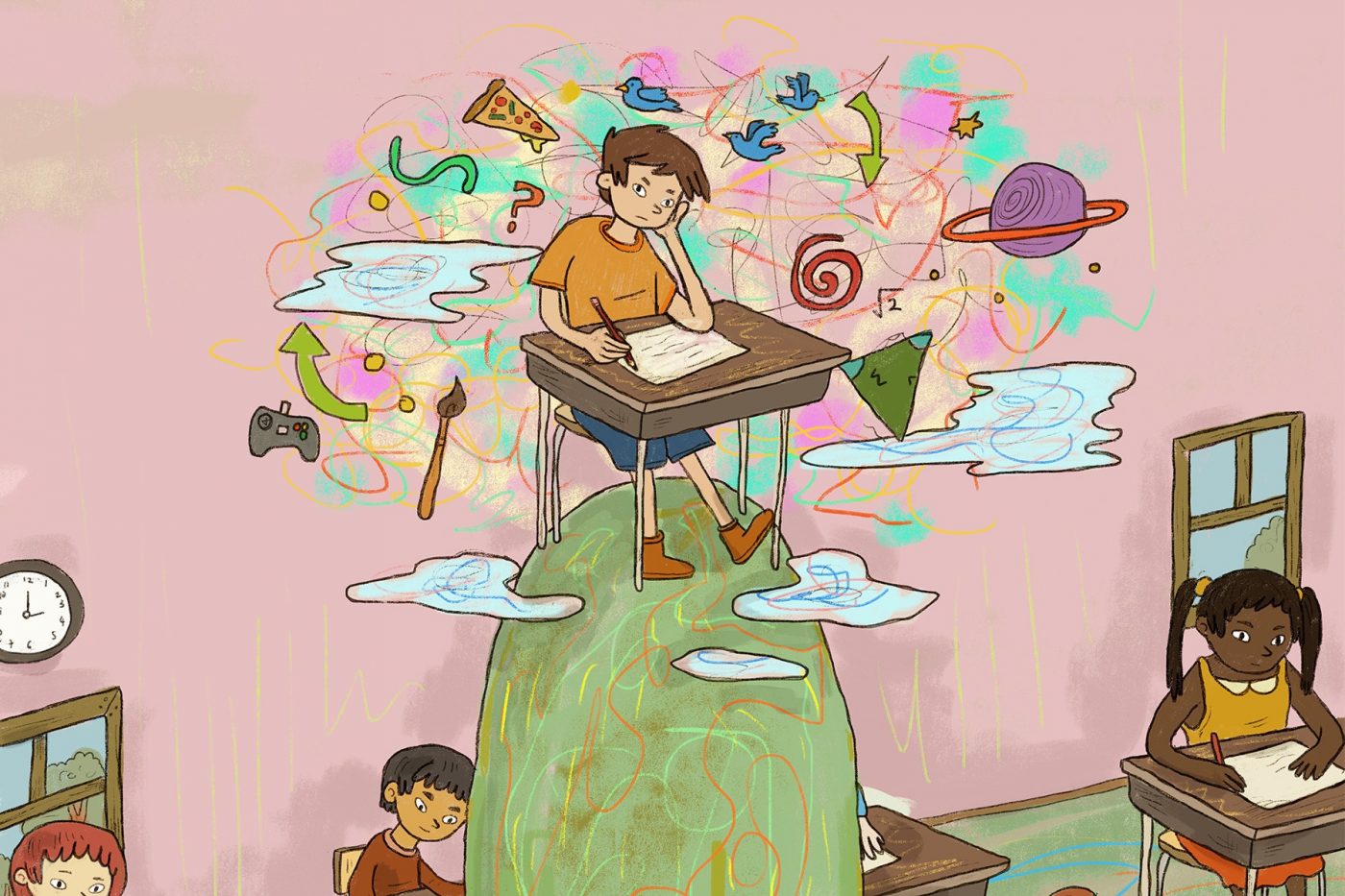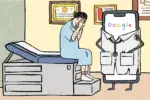Being a college student can be hard, tedious and straight-up exhausting. For a college student with ADHD though, it’s even more difficult. Although most people assume that this disorder predominately affects young children, attention deficit hyperactive disorder has a tremendous impact on college students.
Because it can lead to abbreviated study sessions, daydreaming in class, distractions in critical moments and added anxiety, students with ADHD might not be living up to their full potential. These five tips will keep those distractions down and dopamine up.
1. Microscope
For students with ADHD, “zooming in” on things can be extremely difficult. In other words, becoming really focused — especially on something that does not intrigue or excite — can be nearly impossible. While there are any many ways of increasing attention and decreasing distraction, the first step is to acknowledge the existence of a problem. The more aware you are of the problem, the more easily you can find a solution.
Think of yourself as a microscope that has to zoom in and zoom out of tasks. This zooming in and out can easily tire students with ADHD though, so finding a distraction-free environment to study is critical. A library or a room with no TV or foot traffic will help you concentrate on what you’re doing at the moment.
2. Start Before You Leave
People with ADHD who are trying to transition from task to task are often compared to a machine with rusty gears. Doing simple tasks, such as taking a shower and then getting dressed, can take an extensive amount of time.
Thus, students with ADHD have a hard time transitioning from one college class to another. The best way to make those rusty gears smoother is to start a task before leaving it. Often, students leave the task that they were going to do for a more fun and exciting alternative. While this may not always be bad, it certainly can lead to undesired consequences, such as dropping a class or being unable to get a passing grade.
Instead of walking away before you even start, it is best to begin doing the assignment, even if it’s only a few sentences or an overview of what has to be done and by what date. In this way, when you come back to the assignment, you’ll already have a place where you left off and the transition with be smoother.
3. White Noise
White noise is a combination of all the different frequencies of sound. It can be highly useful when studying, and students can find tracks of white noise on YouTube or Amazon Music.
White noise can deafen the sound of roommates talking, cars honking outside or dogs barking. And while it is often forbidden in public places like libraries, you can use headphones anywhere you like — this way, if you need to cram for a test, study those vocab flashcards, read a book or concentrate on your next research project, the outside world is less distracting.
4. Exercise
No researcher has discovered a specific cause of ADHD, but most scientists agree that a connection between ADHD and a lack or decreased amount of dopamine in the brain exists. (Dopamine is a chemical in the brain that is responsible for a person’s motivation, memory, regulation of body movement and attention.)
For students with ADHD, there various methods you can use to increase the amount of dopamine in the brain, the simplest of which is to take in Adderall. The commonly prescribed drug produces dopamine in the brain with a half-life of nine to 12 hours. This option is offered to young adults, adults and children with ADHD or narcolepsy.
While taking Adderall can be effective, there are many other ways to solve the problem, such as exercise. Intense cardio, such as cycling or rowing, has proven to increase dopamine levels in the brain. Working out daily or joining a college sports club can increase your dopamine levels, which can help students in various aspects of their life.
5. Sugar
Diet can have a huge impact on concentration and attention levels. While diet does not have to be nearly as strict and constant as exercise, making healthy decisions can help your overall attention and reduce hyperactivity in any student, especially ones with ADHD.
Some foods, including yogurt and vegetables, can naturally help the production of dopamine in the brain. Cutting out some foods from your diet will also lead to an increase in concentration. While it may be hard to give up sugar, cutting back is more reasonable than cutting off. Say you drink three sodas a day. Start with cutting yourself down to two for a couple months, then slowly keep reducing your intake.
A spike in blood sugar, from frequent consumption of sugar and carbohydrates containing a lot of glucose, increases hyperactivity. Therefore, consuming less soda and fewer fries can help control fidgeting and constant movement.
Foods that help prevent blood sugar spikes should contain a lot of protein (lean beef, poultry, fish, eggs, nuts, beans, low-fat dairy), zinc (seeds, whole grains, chickpeas), iron (tofu, cashews, baked potatoes) and magnesium (almonds, dark chocolate, spinach, avocados, bananas).
Ways to improve the body and the brain when it comes to concentrating on classes are numerous. A lot of these tips can help out young children as well, whether they have ADHD or not. Never forget that a small act performed daily can exponentially reduce distractions and hyperactivity. Listening to white noise for half of your studying time, eating a piece of fish with roasted almonds or doing some morning yoga are all good beginnings in your effort to focus a little better.
















